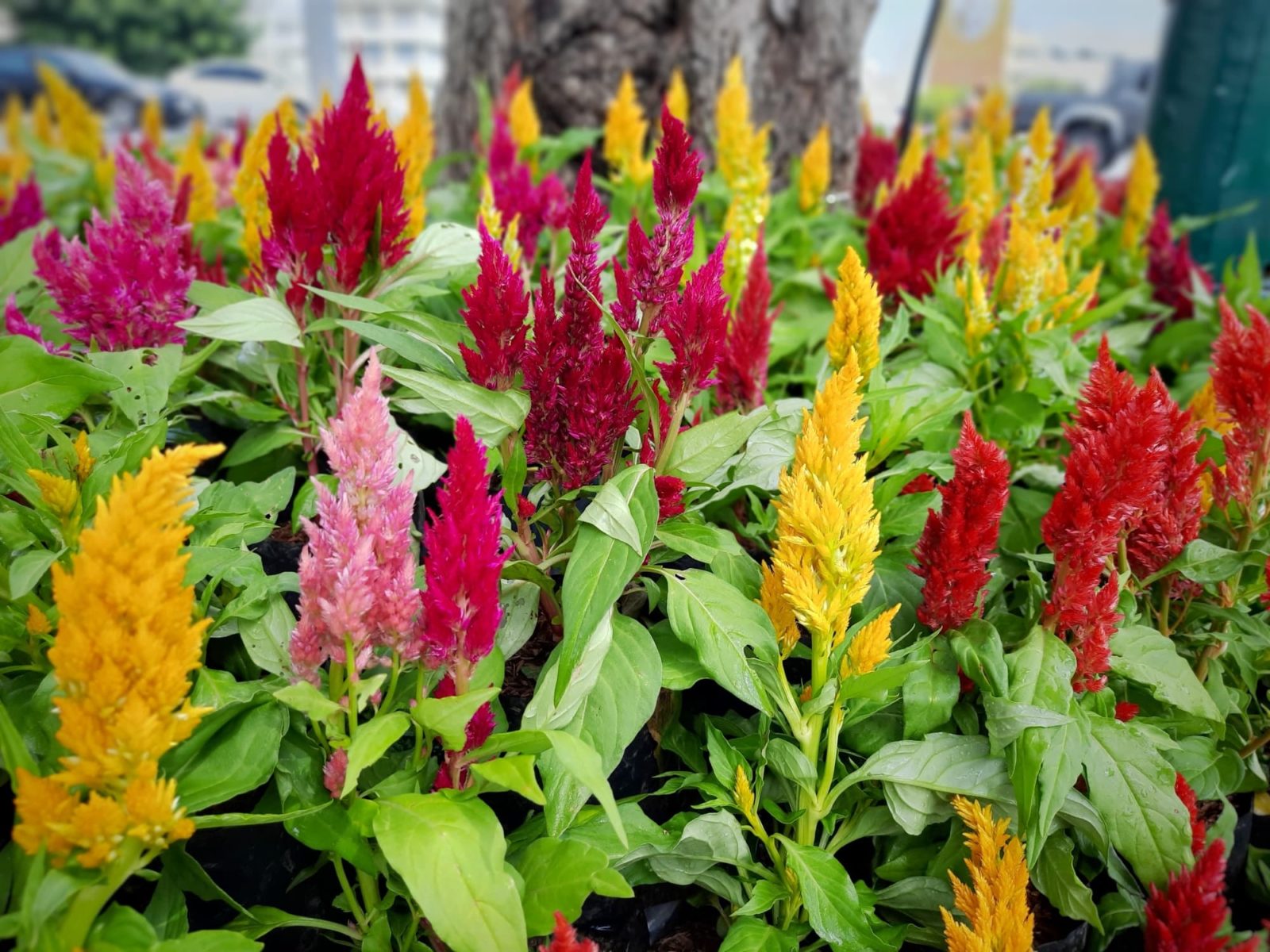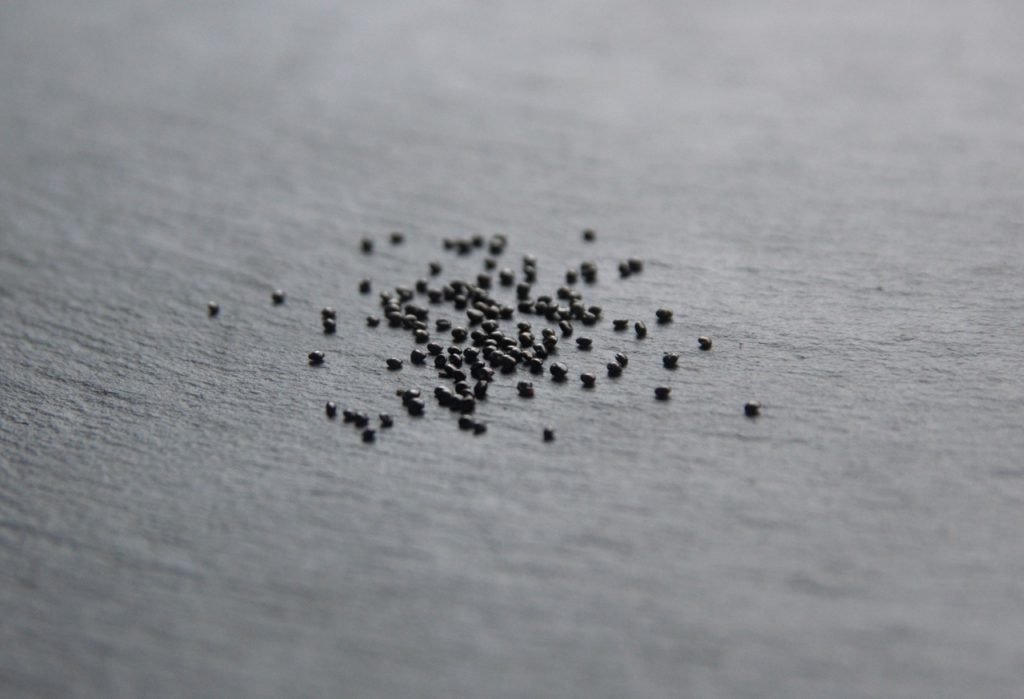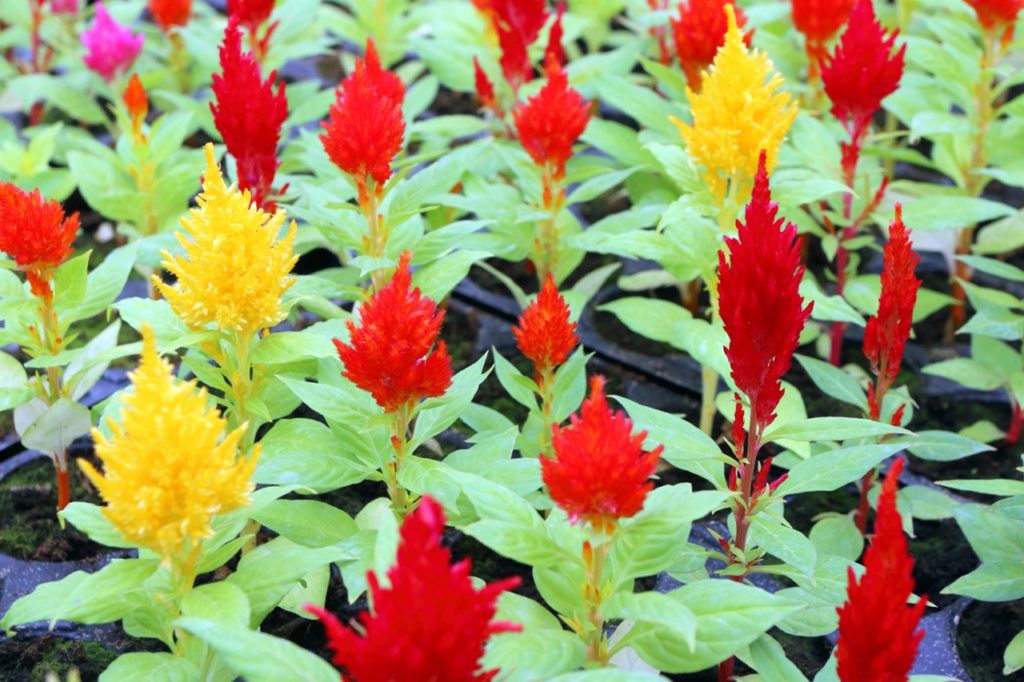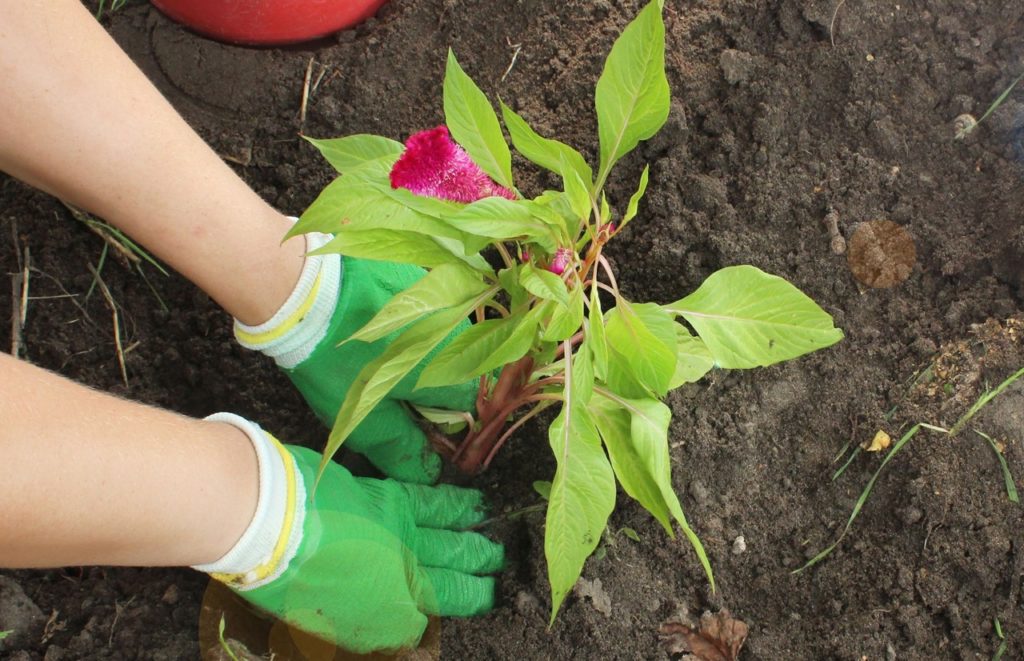Sowing Cockscomb: This Plant Lives Out Its Entire Lifecycle Within A Year

Chris is a gardening writer and nature enthusiast. He graduated from Oxford Brookes University in 2022 with an MA in Psychology. Chris works with the Leeds Green Action Society, helping their food cooperative by growing various fruit and vegetables on their two allotments in Hyde Park, Leeds.
Reviewed By ROY NICOL

Roy is a Professional Gardener and Horticultural Consultant, specialising in large garden year-round maintenance and garden development. He is an RHS Master of Horticulture and uses his research in the application of no-dig methods in ornamental garden settings. Roy has been a Professional Gardener for more than six years and is a member of the Chartered Institute of Horticulture, Professional Gardener's Guild and Association of Professional Landscapers (Professional Gardener).
IN THIS GUIDE
CELOSIA GUIDES
Celosia, or ‘Cockscomb’, is a bold and vibrant plant used to bring a splash of colour to gardens.
This plant isn’t challenging to grow from seed and doing so is actually a reliable way to liven up your garden.
As an annual plant, this is a process that will need to be done each year – as the plant lives out its entire lifecycle (germination to setting seed) within a one-year timeframe.
Here’s a brief overview of the process:
- Sow your seeds indoors, preferably in seed-starting compost.
- Keep your seedlings at a consistent temperature and moisture level to encourage growth.
- Thin out your seedlings when they’re established to prevent them from competing for nutrients.
- Harden them off to get them ready for their journey outdoors.
- Plant out into your garden and wait for them to bloom.
Let’s take a look in a little more depth.
| Difficulty | Easy |
| Equipment Required | Seeds, compost, seed tray |
| When To Sow | February to April |
| When To Plant Out | Late May to June |
When To Sow Celosia
In the UK you’ll need to sow your celosia seeds indoors for them to grow to a sufficient size within the year.
February through to April is probably the best time to do this.
1) Sow Cockscomb Seeds
The first step is to plant your seeds in compost.
Lay out a layer of compost to fill the depth of a seed tray, then press the seeds lightly onto the surface and just cover with either compost or vermiculite.

For best results choose a seed-starting compost, as this has the right balance of nutrients to facilitate healthy growth.
“As Celosia seeds can be susceptible to fungal infections, it’s important to ensure equipment including the seed tray is clean before starting and the seedlings are not over-watered and allowed to dry out between waterings,” says Roy Nicol, Master Horticulturist.
2) Provide The Right Care
Seeds need conditions to be just right in order to grow big and strong, which is one of the main reasons for planting them indoors.
It’s much easier to control temperature and moisture levels inside.

For best results, keep the temperature between 15-20°C as consistently as possible.
A heated propagator can help to achieve desired results.
Use a spray bottle to spritz the top layer of soil every other day, as this will keep the moisture levels in the right range.
3) Transplant Seedlings
When your seedlings are starting to become established you’ll want to thin them out a little to give them space to grow.
Keeping them bunched up will hinder their ability to thrive and will reduce the final size of your Celosia, as well as create ideal conditions for ‘damping off’.

Prepare another seed tray by putting out a layer of compost, then gently move the seedlings out of the first tray.
Leave a gap of 5cm between each seedling in this new one so they have space to grow.
4) Harden Off
Hardening off ensures that your seedlings are ready for the harsher conditions in the outdoors of the UK.
Skip this step at your peril, as a seedling that hasn’t been hardened off is more likely to die when you plant it out.
Be aware that hardening off can take a couple of weeks, so make sure to incorporate this step into your daily schedule.

I’d recommend making a note of it somewhere, either in your garden planning book or a calendar.
Leave the tray of seedlings outside for a couple of hours during the day, in a sheltered and shady spot.
Bring them indoors again that night.
Repeat this for a few days, extending the time spent outdoors for an hour or so each day.
5) Plant Outdoors
When your seedlings are fully established and hardened off, it’s time to plant them out.
Late May or preferably June (well after the last frost) is the best time of year for this.
Plant out into beds or containers of well-watered, well-drained compost.

Leave a gap of at least 20cm between each young plant to ensure the adult plant has plenty of space to grow big and strong.
Keep your seedlings well-watered as they grow.
Celosia will be in bloom from June through October, giving you a medley of colour to enjoy in the summer months.
